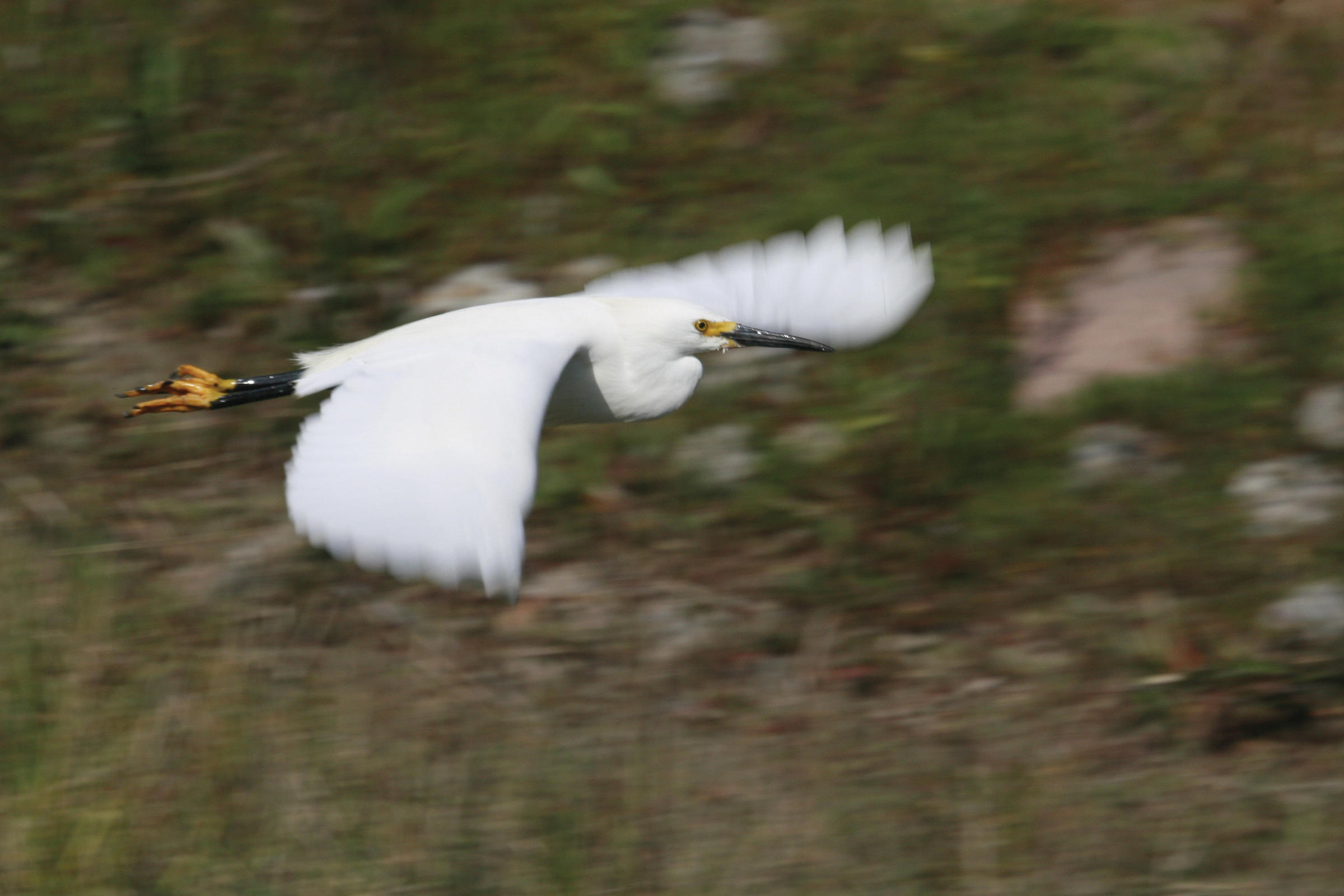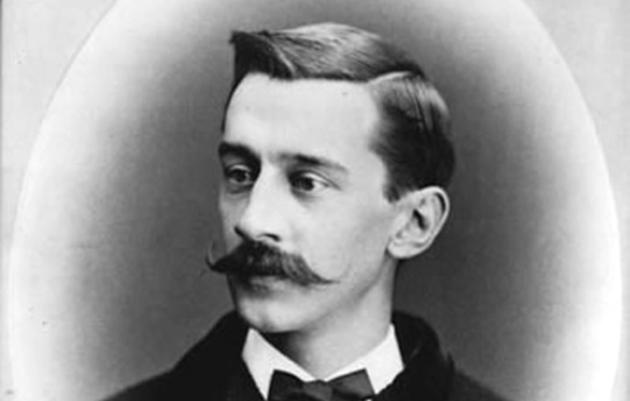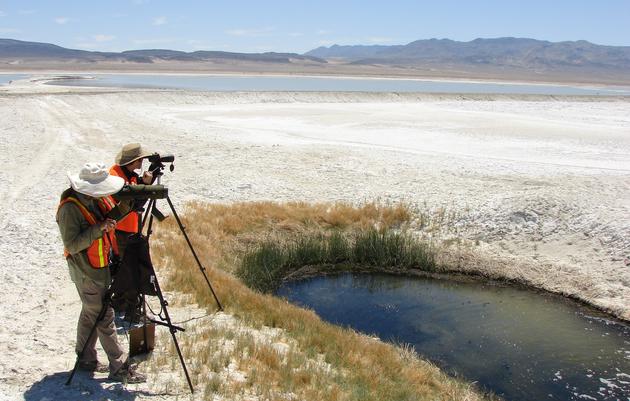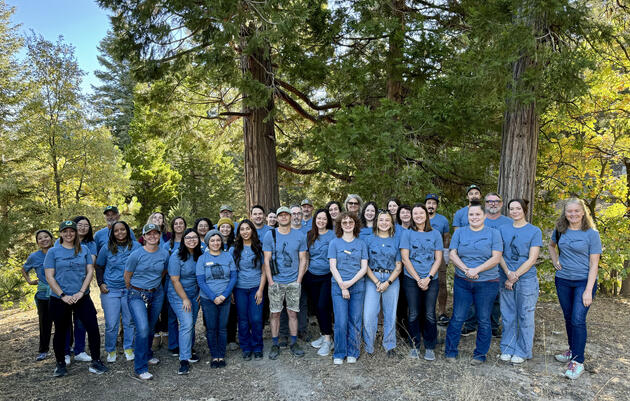Audubon has been an environmental leader in California for 100 years, with much of the work being done at the chapter level, and since the 1960s often in cooperation with national staff.
Audubon chapter leaders and staff have played a leading role in the fights to save endangered bird species such as California condor, peregrine falcon, California gnatcatcher in California. The combined power of the National Audubon Society and Audubon chapters was felt during the battle to save Mono Lake with Audubon a key plaintiff in the 1994 court decision recognizing the “Public Trust Doctrine” and a major victory on behalf of Mono Lake.
Audubon also manages a network of sanctuaries that have been acquired over the years. In the early 1960’s Audubon acquired the Richardson Bay Sanctuary on San Francisco Bay as part of an environmental campaign to protect San Francisco Bay. In southern Orange County Audubon’s Starr Ranch Sanctuary includes 4,000 acres of oak woodland, sycamore streamside forest and coastal sage scrub. Since then a series of sanctuaries have been added including Mayacamas Mountains, Kern River, Wattis and others.
Audubon has been involved in key environmental and conservation issues in California from helping form the Central Valley Habitat Joint Venture to helping win passage of the Central Valley Improvement Act and major state bond measures resulting in billions of dollars for conservation work statewide, including Propositions 12, 13, 40 and 50.
In 2003, Audubon's scored a major victory for wetlands conservation by helping the State of California acquire 16,000 acres of former salt evaporation ponds in San Francisco Bay from Cargill, Inc. That same year, our Marin chapter successfully completed a decade-long drive to purchase and protect several hundred acres of bayland habitat in eastern Marin County.
Audubon California remains at the forefront of a important campaigns to save habitat and species, including the Salton Sea, a globally significant Important Bird Area and home to millions of bird species. Audubon California remains involved at the forefront of the efforts to save the Salton Sea today.
Connecting People to Nature
Through vibrant education programs Audubon California and chapters connect close to 100,000 Californians each year to nature through field trips, camps and school programs. In 2004 Audubon California opened the Audubon Center at Debs Park as a nation-wide commitment to open nature centers in urban neighborhoods, and thereby added to it Richardson Bay Audubon Center along San Francisco Bay. At Starr Ranch, Audubon scientist educators help students apply science to understanding the natural world. In the coming years Audubon will continue to build our network of environmental educators – volunteers and staff – to ensure that the next generation of Californians is committed to protecting California.
The Coming Century
We welcome all Californians to join with us to ensure that as California continues to grow we ensure that the natural habitat and species thrive, and that all of us have a chance to experience California’s natural wonders.
Related
A brief history of Audubon in California
California has long been a strong part of the Audubon movement, dating way back to the beginning of the National Audubon Society. And before that, even.
How you can help, right now
Get Audubon CA in Your Inbox
Our newsletter is fun way to get our latest stories and important conservation updates from across the state.
Donate to Audubon
Help secure the future for birds at risk from climate change, habitat loss and other threats. Your support will power our science, education, advocacy and on-the-ground conservation efforts.
HOTSPOT: Flyover of California's Birds and Biodiversity
California is a global biodiversity hotspots, with one of the greatest concentrations of living species on Earth.








